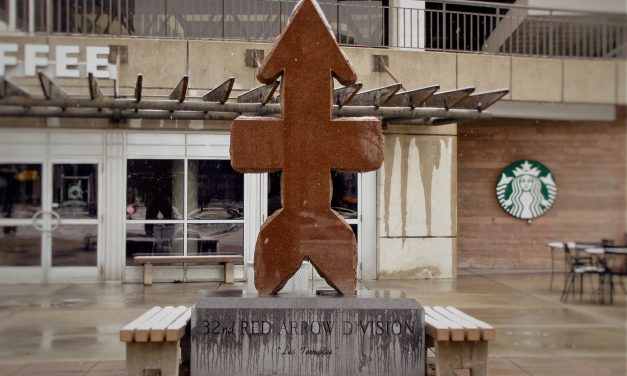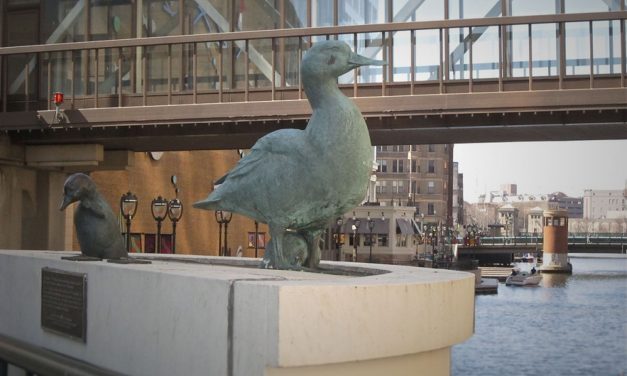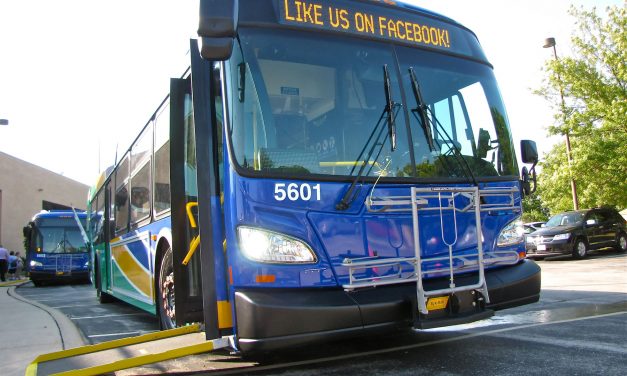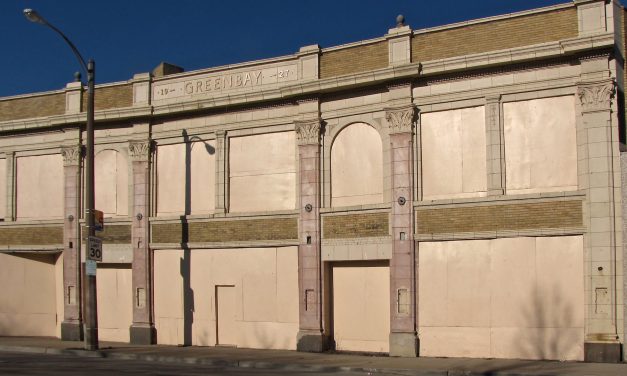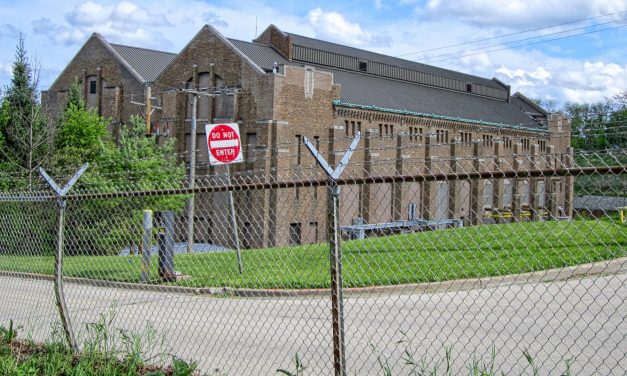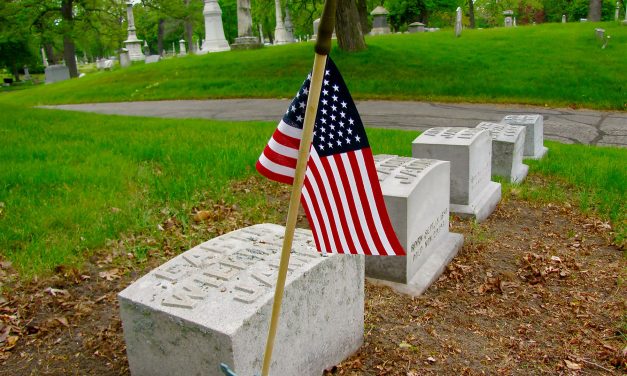Milwaukee Notebook: Red Arrow, the park that moved
Since the 1920s, Milwaukee has had a park dedicated to local soldiers who fought with the 32nd Red Arrow division of the U.S. Army. The 8-foot-tall divisional insignia was added in 1984. Milwaukee has always considered park names open to change. The strip of greenery in the median in front of Central Library, for instance, was once Washington Park. The present-day Washington Park was originally West Park. Pere Marquette Park is along the downtown riverfront, formerly it was several blocks south and in front of the Milwaukee Road station. The station is gone, but there is still a park...
Read More
